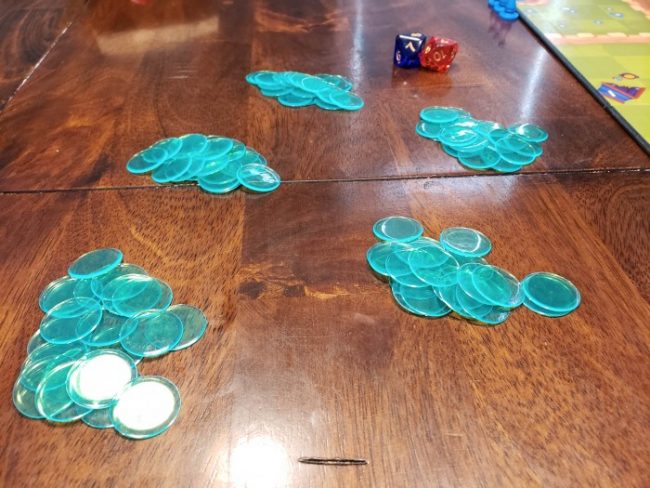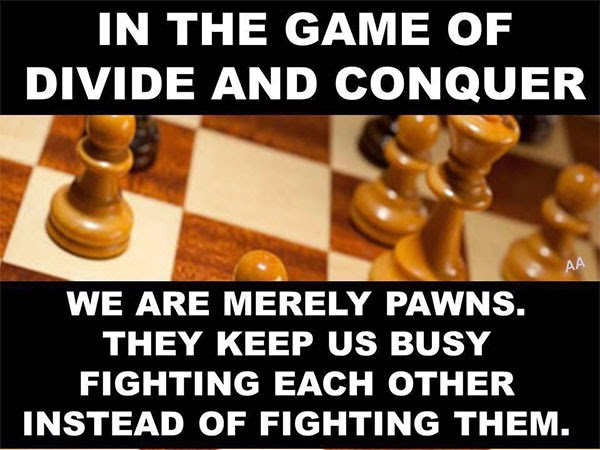




Let’s use another example, closer to the deep learning world, of a natural language understanding(NLU) agent that is learning o have conversations with humans on specific subjects. Instead, we can use supervised pre-training to train individual sub-networks in opening, middle-game and end-game strategies and then combine them into a complete chess master deep learning model. Training a single deep learning model to learn chess can be really unpractical( not the best technical example but stay with me for a minute :) ) from the computational standpoint. While the opening and end-game stages require very strong theoretical knowledge, the middle-game is where most deep strategies and tactic manipulations take place. Strategically, chess games are divided in three main stages: opening, middle-game and end-game. To illustrate the ideas behind supervised pretraining, let’s use a hypothetical deep learning model that is learning to master chess. The essence of supervised pretraining is to break down tasks into simpler tasks that can be trained independently before confronting the original task. One of those subcategories that has become extremently popular with the emergence of deep learning is known as supervised pretraining.ĭeep learning models ar e typically represented by a neural net structure with several hidden layers or sub-networks. As deep learning practitioners quickly come to fund out, there are dozens of subcategories of supervised and unsupervised learning techniques with dozens of algorithms each. While that categorization is technically correct, its far from being complete. Most people divide the world of machine learning( and consequently deep learning) into two main types of algorithms: supervised and unsupervised.


 0 kommentar(er)
0 kommentar(er)
